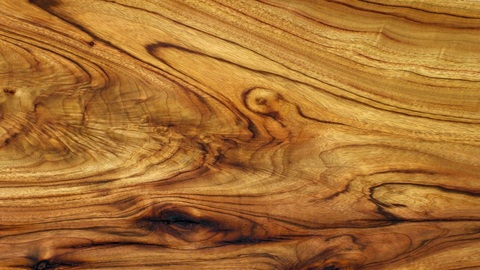You may have heard stories about how rubbing alcohol is the best option when looking to refurbish wood furniture or recreate its natural shine.
However, the truth is that there is never a good time to use rubbing alcohol on finished wood. The only exception is when you are looking into furniture restorations. Read on to discover the effects of rubbing alcohol on wood.
What Is Rubbing Alcohol?
Rubbing alcohol’s chemical name is isopropyl alcohol. As the name suggests, it contains alcohol. However, it has several chemicals added and this makes it a powerful solvent.
There are several things that rubbing alcohol can be used for, such as disinfecting a tick bite, helping to keep pierced ears bacteria and infection-free, it can even be used to reduce body odour as it is extremely effective at killing bacteria.
What Rubbing Alcohol Does To Wood
Rubbing alcohol is colourless, which means if you don’t realize you have spilt it on the wood you won’t have the opportunity to do anything about it. The colourless liquid soaks into the wood, in the process, it will dissolve any finish that is on the wood. It doesn’t matter if it is varnish, lacquer, or something else, it will destroy it.
You won’t be left with a stain, simply a discoloured patch where the finish is missing and the wood is no longer protected.
The good news is that it doesn’t damage the actual wood.
Reacting To Spilt Rubbing Alcohol
If you spill rubbing alcohol on wood then you’ll want to grab a clean rag as fast as possible and put it on top of the spill. The rag can absorb the alcohol, reducing the damage done and preventing it from spreading. Do not rub the spill or attempt to tilt the furniture, you will simply spread the damage. If the spill is large enough that the rag becomes saturated, lift it off and replace it with another one.
Restoring Your Finish
In most cases, this will be a job for a professional furniture restorer. It is extremely difficult to match the colour and exact finish of any product. This is especially true if it is older and there are ageing considerations.
It is possible to add furniture oil to the damaged area and gently rub it in, using circular motions. If done slowly and carefully this approach will give you a satisfactory finish. However, while this is enough if the furniture is not a piece of value, it is still going to be noticeable on an antique piece.
After applying furniture oil you can use a furniture wax to help get a shine on your wooden furniture. But, again, it is unlikely that you’ll get a perfect match without professional help.
If the rubbing alcohol has dried into the furniture you’ll need to make a paste of linseed oil and rottenstone. This is slightly abrasive and will help to pull the dried rubbing oil out of the furniture, allowing you to attempt to repair the finish with furniture oil and wax.
 World inside pictures Collect and share the best ideas that make our life easier
World inside pictures Collect and share the best ideas that make our life easier








